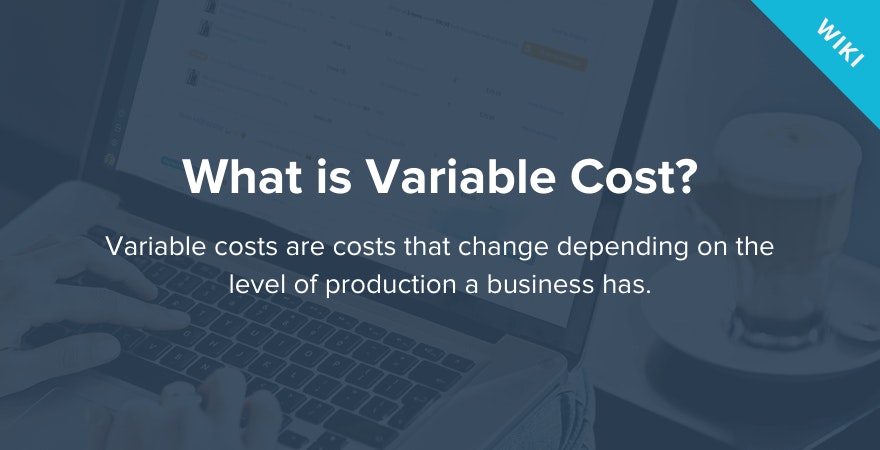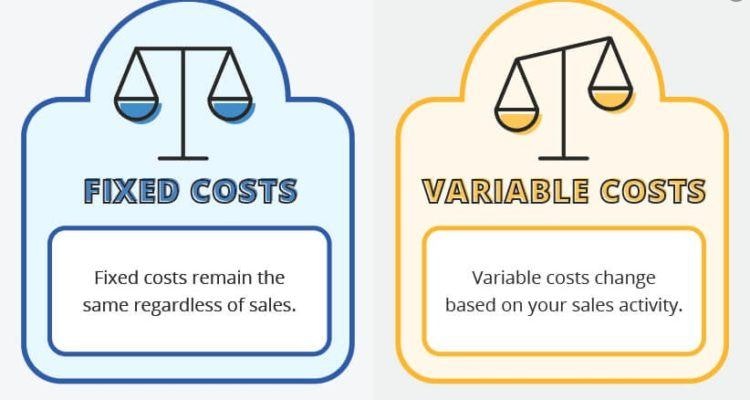
Variable Cost



What is Variable Cost?
Variable costs are costs that change depending on the level of production a business has. These changes could be due to the need for more raw material, less staff or the need to rent extra equipment to finish an order. Variable costs are important to track as they can highlight when there is a need to audit processes and suppliers.
How to Find Variable Cost?
Variable costs can be found by simply adding all variable costs together but sometimes it is not that straight forward. For example, a utility bill can vary from month to month depending on production levels. This means that one month where the business is quiet the electricity bill could be a fixed cost of $70 but the next month, which is busy, could have a fixed cost of $70 and a variable cost of $50. In this case, you should add the costs into the right categories and plan according to these changes.
It is also possible to capitalize on lower costs when dealing with high production, which can affect variable costs in the following way.
- It costs a bakery $1,000 to make 20 cakes. $700 of this total cost is fixed and includes the purchase of machinery, electricity, personnel, etc. Variable costs, including materials and additional electricity, equate to $300.
- The following week they have an order for 40 cakes. We would assume that this would be double the cost but the cost of machinery will stay the same. Personnel and electricity will only cost a bit more and the company equates fixed costs as the same ($700) with variable costs at $500. Total cost here is ($700+$500) $1,200.
- Looking at the difference in the two-week production compared to total costs it is clear that variable costs do not work in a linear fashion due to bulk buying and other factors.
- Working from this model the bakery can devise a good pricing structure by assuming minimum stock sold weekly and divide it by the total cost (variable and fixed costs). This bakery could benchmark that they will sell 40 cakes a week which would cost them $1,200 to produce. $1,200/40 is $30 per cake to break-even each week.
- If they use this model to draw up pricing is it important to consider the loss they would incur if they only sold 20 cakes. $30 x 20 cakes equate to $600 but the cost to produce these cakes was $1000. This means that the company will lose $400 if they only sell 20 cakes when they have forecasted 40 cakes to be sold per week.
The Importance of Variable Cost to a Business
Variable costs are hugely important to a business as it can have a major impact on how a company spends their money. Depending on the strategic goals of a business, variable costs can be quite high (in the case of a lot of change in a business) or quite low. If variable costs are low the business will have more budget to spend in areas of the business as there will be no sudden costs incurred.
Fixed Cost Vs Variable Cost

- Fixed Costs: These are costs that stay the same over the history of payments. Things like rent, salary, reoccurring office orders, insurance costs, etc.
- Semi-Variable Costs: Semi-variable costs differ over time but not drastically, such as a salesperson’s monthly commission, or utility bills throughout the year.
- Variable Costs: Costs that are different each time they are paid are called variable costs. Examples of Variable Costs include the cost of raw materials and maintenance.


